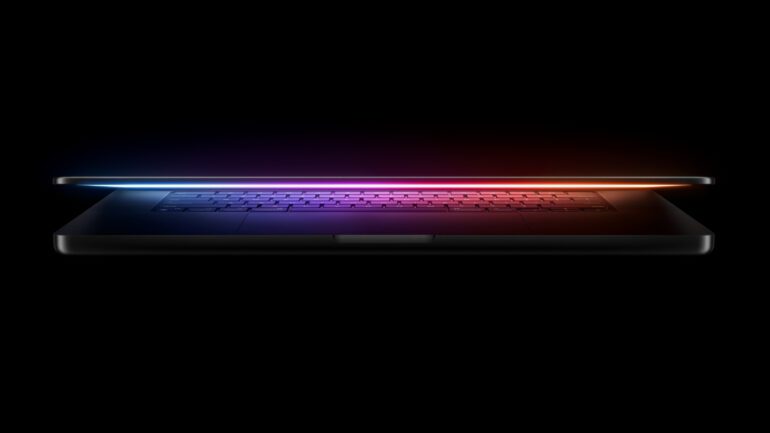Apple’s groundbreaking M4 chip family represents the most significant leap forward in personal computing since the company’s transition to Apple silicon, marking a decisive shift toward AI-first computing that could fundamentally alter how we interact with our machines.
The Cupertino giant’s latest silicon achievement — announced alongside refreshed MacBook Pro, iMac, and Mac mini lineups — isn’t merely an incremental improvement in processing power. Built on second-generation 3-nanometer technology, the M4 family introduces what Apple claims is the world’s fastest CPU core, but the real story lies in how these chips democratise artificial intelligence for everyday users.
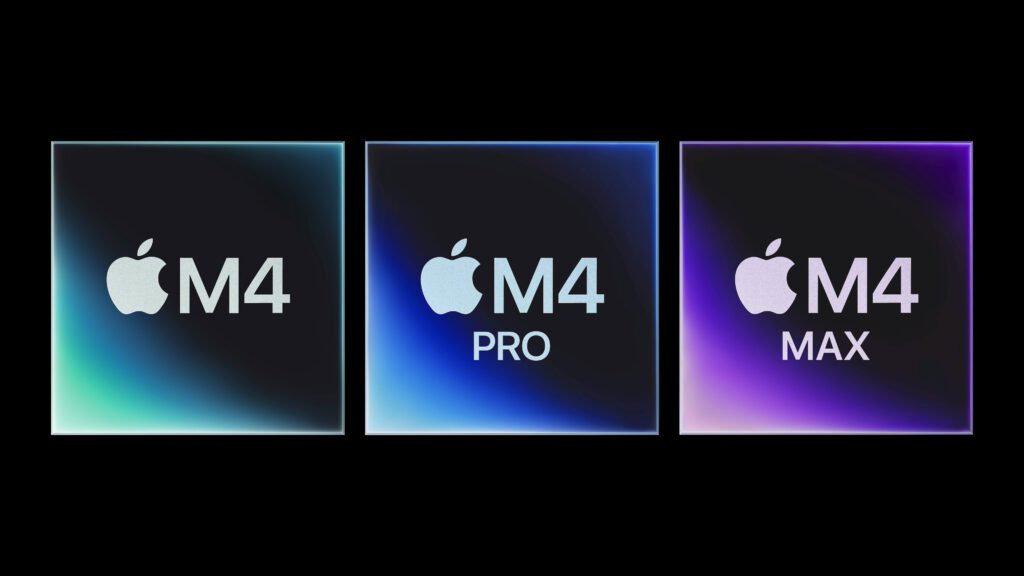
“Apple silicon has taken the Mac to unprecedented heights, and the rapid pace of innovation continues with M4 Pro and M4 Max,” says Johny Srouji, Apple’s senior vice president of Hardware Technologies. The technical specifications back up this assertion: the new chips offer up to 75 percent increased memory bandwidth over their predecessors, while the Neural Engine — crucial for AI workloads — is up to three times faster than the previous generation.
But perhaps most intriguing is Apple’s strategic positioning of these chips as enablers of what it calls “Apple Intelligence” — a suite of AI capabilities that transforms how users work, communicate, and express themselves. While competitors like Microsoft have already integrated AI assistants into Windows through Copilot, Apple’s approach is distinct in its emphasis on silicon-level integration and on-device processing. Rather than primarily relying on cloud computing, Apple has designed its chips with specific hardware accelerators and an enhanced Neural Engine to process AI tasks locally — a fundamental architectural difference that could offer advantages in both performance and privacy.
The system’s capabilities, while similar in broad strokes to Microsoft’s offerings, are deeply integrated at the hardware level: it can rewrite and proofread text, generate images, create custom emoji, and even integrate ChatGPT directly into Siri. What sets Apple’s implementation apart is its fusion of on-device processing with what it terms “Private Cloud Compute,” offering a hybrid approach that aims to balance powerful AI features with user privacy.
The system’s capabilities are impressive in scope: it can rewrite and proofread text, generate images, create custom emoji, and even integrate ChatGPT directly into Siri — all while maintaining Apple’s characteristic emphasis on privacy through on-device processing and what it terms “Private Cloud Compute.”
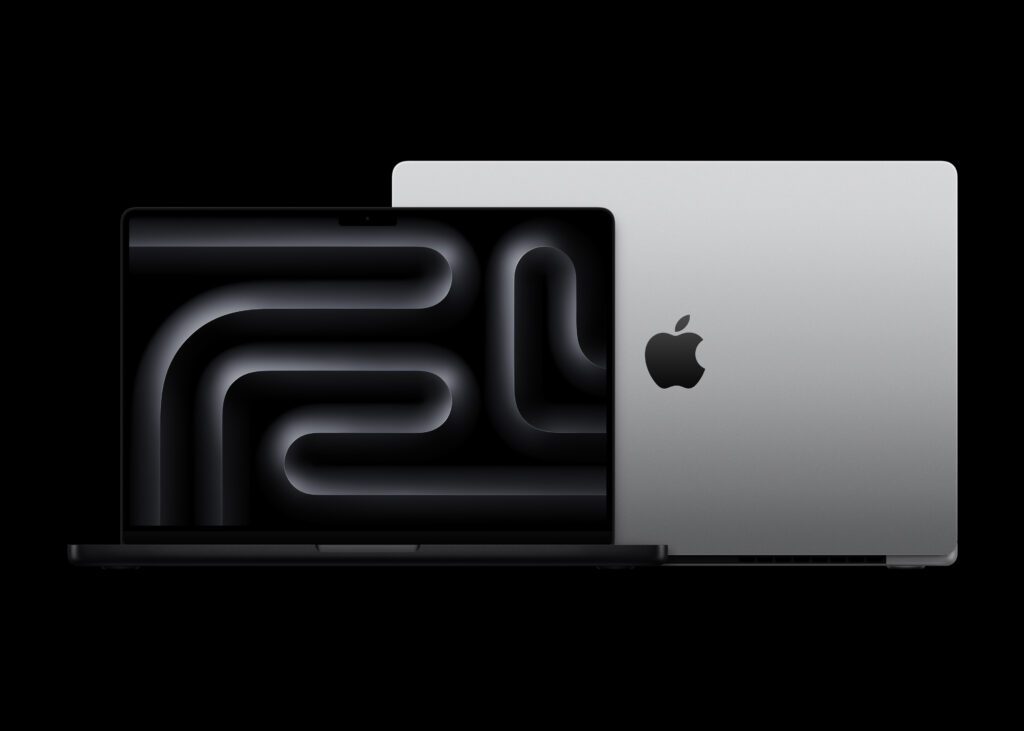
The hardware improvements are equally substantial. The new MacBook Pro models, available in both 14- and 16-inch configurations, now feature Thunderbolt 5 ports on M4 Pro and M4 Max models, offering data transfer speeds up to 120Gb/s. A new 12MP Centre Stage camera and nano-texture display option further enhance the user experience, while battery life extends to an unprecedented 24 hours.
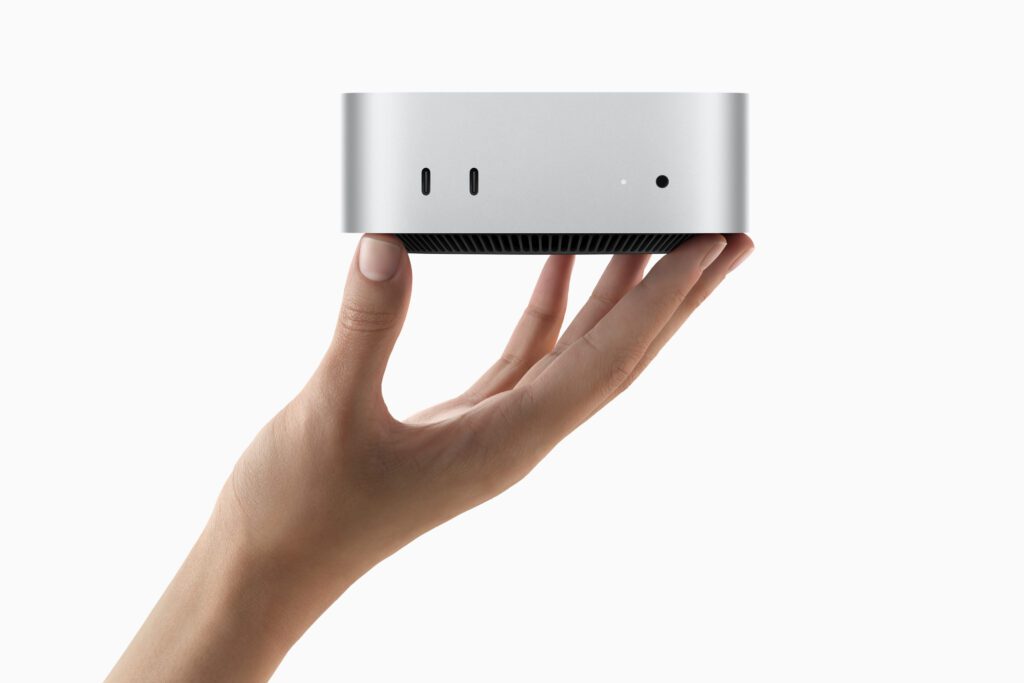
The refreshed Mac mini, meanwhile, achieves a remarkable feat of engineering: it’s been shrunk to just 5 by 5 inches while delivering up to 1.8 times faster CPU performance than its M1 predecessor. More significantly, it’s Apple’s first carbon neutral Mac, representing an over 80 percent reduction in greenhouse gas emissions across its lifecycle.
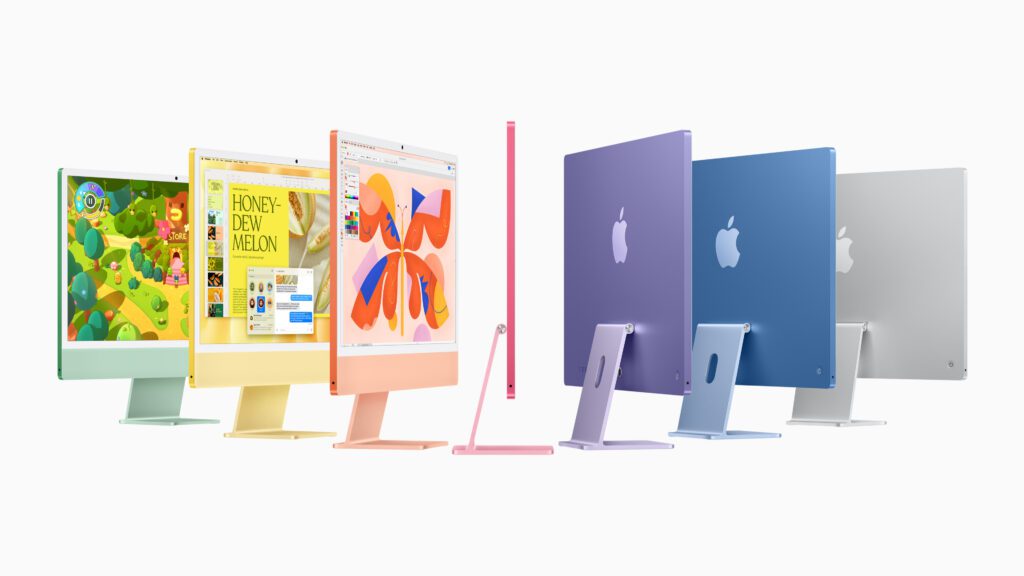
The iMac’s revival with M4 brings similar performance gains, alongside a new nano-texture display option and seven fresh colour options. But it’s the integration with Apple Intelligence that transforms these machines from mere computing devices into contextually aware assistants.
This convergence of hardware and AI capabilities signals a broader shift in personal computing. While other manufacturers have introduced AI PCs, Apple’s approach — building the entire stack from silicon to software — creates a more cohesive experience. The M4 family delivers up to twice the memory bandwidth of competing AI PC chips, suggesting that Apple isn’t just catching up to the AI revolution — it’s attempting to define its next chapter.
The implications extend beyond raw performance metrics. By making AI capabilities an integral part of the computing experience rather than a bolt-on feature, Apple is betting that artificial intelligence will become as fundamental to personal computing as the graphical user interface once was.
What’s particularly noteworthy is Apple’s privacy-first approach to AI integration. While competitors rush to cloud-based solutions, Apple’s emphasis on on-device processing and privacy protections suggests a different vision for AI’s future — one where personal really means personal.
The M4 family’s arrival marks more than just another product cycle; it represents a philosophical shift in how we might interact with our computers in the years to come. Whether this vision proves prescient remains to be seen, but Apple has certainly laid down a compelling marker for computing’s next frontier.


